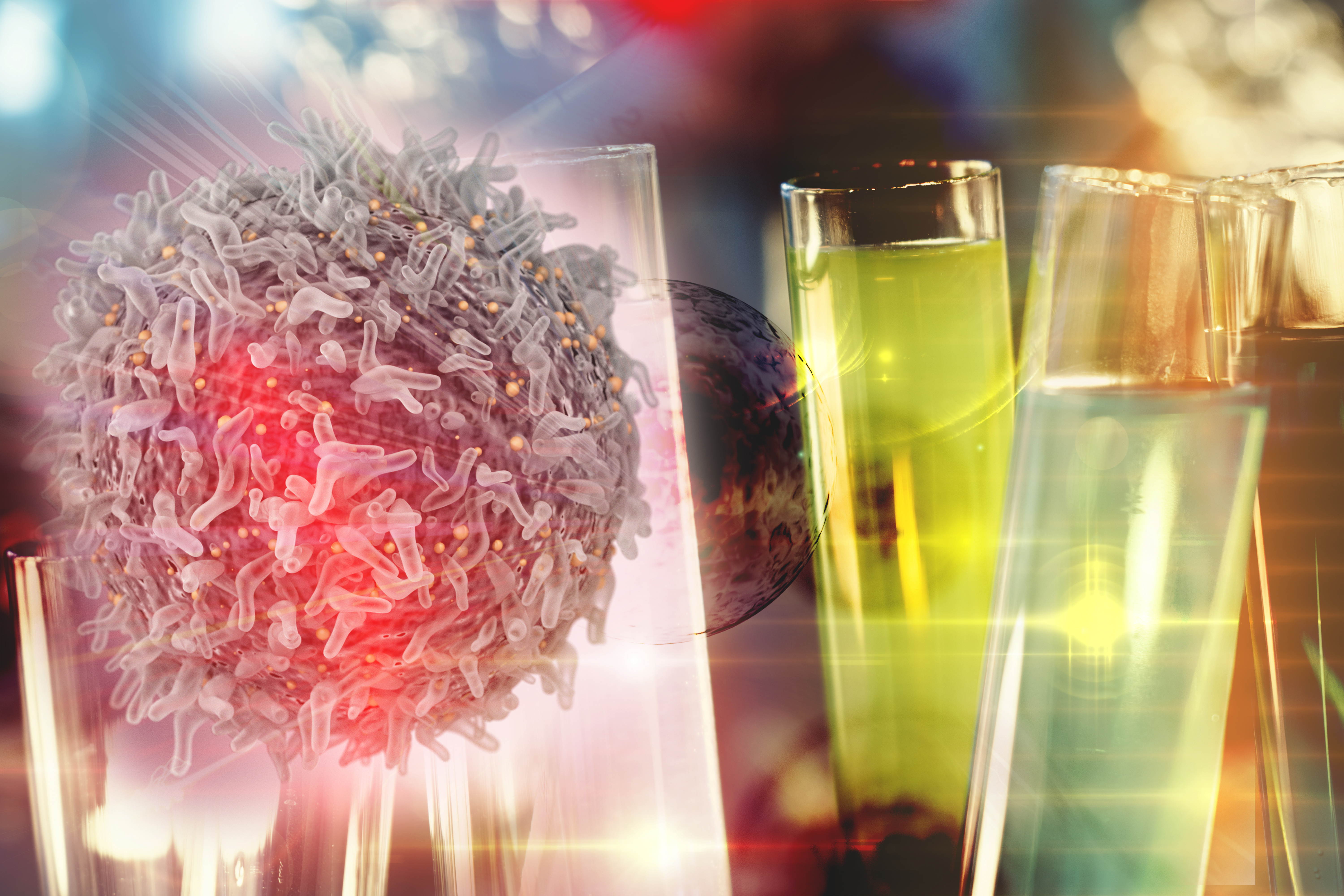New Brunswick, N.J., January 25, 2021 – One common challenge of cancer therapy is when cancer cells don’t respond to a drug that is usually able to kill or weaken them, known as treatment resistance. Tamoxifen is a drug that blocks the activity of estrogen in the breast, commonly used to treat patients with estrogen-receptor (ER) positive breast cancer. In a recent study, researchers from Rutgers University explored the therapeutic response to this drug in this type of breast cancer by using a computational framework to predict treatment resistance based on behavior of molecular pathways. Antonina Mitrofanova, PhD, a researcher at Rutgers Cancer Institute of New Jersey and assistant professor at the Rutgers School of Health Professions, is the senior and corresponding author of the work and shares more about the findings published in the November 2020 issue of EBioMedicine. (doi: https://doi.org/10.1016/j.ebiom.2020.103047)
Why is this topic important to explore?
Nearly 70 percent of all diagnosed cases of breast cancer are estrogen receptor (ER) positive. ER-positive patients benefit from the administration of drugs that have anti-estrogen effect in the breast cells, such as tamoxifen. Yet, 30 percent of patients that receive tamoxifen develop resistance, ultimately leading to metastasis and lethality. Currently, there are no tools to accurately inform patients whether they will develop resistance to tamoxifen and thus should be offered alternative, more beneficial treatment options. Prioritization of patients based on risk of resistance to tamoxifen will build a foundation for personalized therapeutic planning and has a potential to improve breast cancer course and outcomes.
Tell us about the work and what you and your colleagues found?
Through support from the Comprehensive Genomics Shared Resource at Rutgers Cancer Institute, which focuses on identifying genomic mechanisms and acquired resistance to targeted therapy, we have established a systematic genome-wide, pathway-centric computational framework and identified five molecular pathways as markers of tamoxifen resistance in ER+ breast cancer patients. We have demonstrated that these pathway markers can predict risk of developing tamoxifen resistance with 85.8 percent and 82.5 percent accuracy in two independent patient cohorts, and have shown that these markers are independent of known clinical variables such as age, tumor grade, tumor size, lymph node status, Ki-67 and progesterone status. Furthermore, our pathway markers outperform previously known markers for breast cancer.
What are the implications and next steps related to this work?
We have filed a provisional patent application for these pathway markers with Rutgers University and are working on bringing this discovery closer to patients. Our ultimate goal is to be able to test breast cancer patients for these markers at the time of diagnosis, so that the patients can be advised on the most beneficial therapeutic course from the beginning of their disease.
Furthermore, we are planning on utilizing and expanding these pathway-centric ideas in a multi-omic, multi-level analysis in prostate cancer and acute myeloid leukemia, which was recently funded by the National Institutes of Health National Library of Medicine (R01 LM013236-01A1). The project is a collaboration between myself as principal investigator and researchers from Rutgers Cancer Institute (Isaac Kim, MD, PhD, MBA and Shridar Ganesan, MD, PhD), NIH (Chris Hourigan), Rutgers Engineering (Shantenu Jha), and Rutgers School of Health Professions (James Scott Parrott).
Along with Dr. Mitrofanova, other authors of the work include Sarra M. Rahem and Nusrat J. Epsil, Rutgers School of Health Professions; and Frederick D. Coffman, Rutgers School of Health Professions.
This work was supported by the Rutgers SHP Dean’s Intramural Research Seed Grants Program and SHP Dean’s Startup funds, Libyan-North American Scholarship Program, and Katrina Kehlet Graduate Award from The NJ Chapter of the Healthcare Information Management Systems Society.
###
